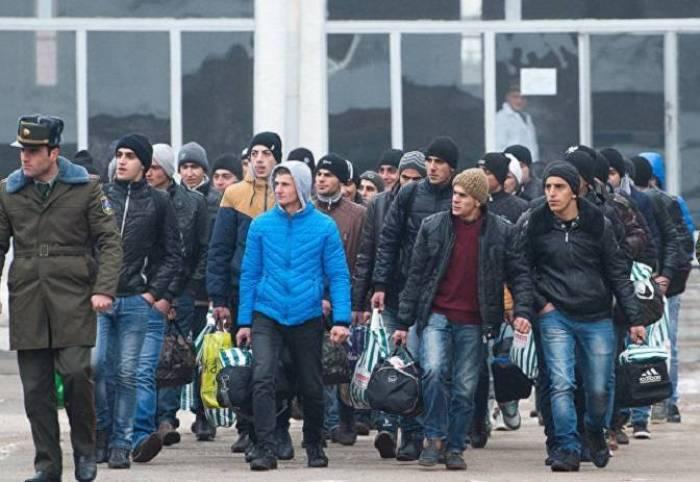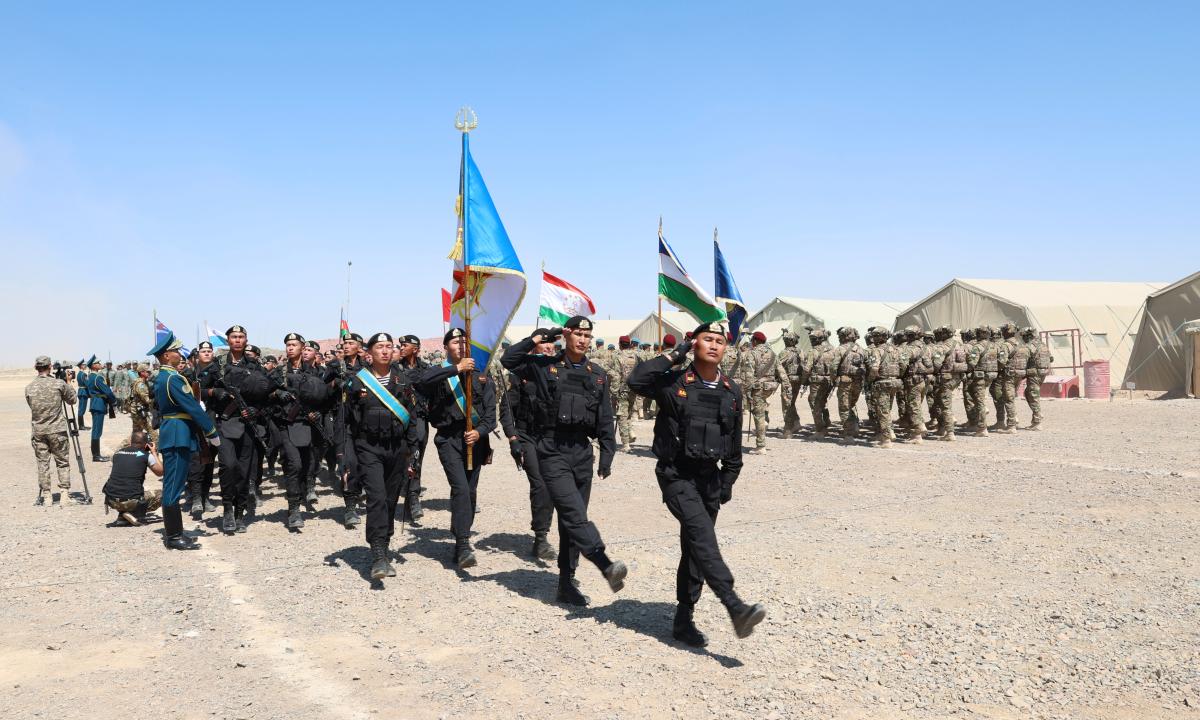
Armenia’s Demographic Situation: Short- and Longer-Term Trends
Armenia’s Demographic Situation: Short- and Longer-Term Trends
Armenia has long considered its negative demographic trends a threat. The issue was mentioned in both versions of the country’s National Security Strategy— the first one adopted in 2007 and the second in 2020 (see EDM, July 27). Before that, observed demographic declines already influenced some state policies, particularly in the security space. Notably, in the mid-1990s, conscripts generally had to serve in the Armed Forces for 18 months, while those who deferred in order to receive university degrees still had to serve for 12 months; by 1998, however, those terms already had to be increased, to 24 and 18 months, respectively, because of a decreasing pool of potential draftees. And shortly thereafter, the military moved to a universal and mandatory 24-month term. In late 2017, then-president Serzh Sargsyan signed into law the requirement that any male university student seeking a draft deferment must sign a contract to later serve in the military for three years. The law was met with student protests (The Armenian Weekly, November 15, 2017).
Recent analysis shows that, since gaining independence in September 1991, the Armenian population grew to its largest size in 1992—at 3.63 million, compared to 3.57 million the year before. A rather sharp decline occurred between 1993 and 1995, when the number of Armenian residents fell to 3.26 million. Since then, the population decline has steadily continued, reaching to 2.962 million in 2019 and 2.957 million in 2020. It should be noted, however, that the registered population includes those who live abroad for most of a given year. So, the large numbers of labor migrants working in Russia, who mostly return to Armenia for a few weeks in winter, are still included in statistics measuring the registered population. According to some estimates, as many as 1.12 million Armenians—around 31 percent of the population—had de facto emigrated between 1991 and 2019, even though many are still officially registered in Armenia (Hetq.am, February 17, 2020).
The sharp population decline in the early 1990s can be explained by the combination of the economic downturn following the collapse of the Soviet Union as well as the war in Karabakh, which, in addition to resulting in increased mortality figures, stimulated emigration among those wishing to avoid compulsory military service. In order to stimulate immigration, several consecutive cabinets adopted laws exempting returning young migrants from criminal liability if they join the army, while those over 27 years old, no longer subject to conscription, could, until January 1, 2020, pay an exemption fee of a few thousand dollars (Azatutyun.am, December 2, 2019).
In 1991, the government registered about 24,000 deaths, while in 1992–1993, during the Karabakh war, the number exceeded 25,000 a year. After the 1994 ceasefire, these figures again dropped below 25,000. But since 2002, annual registered deaths have once more risen above 25,000, due to the aging population. The highest recorded mortality rate in the 1990s measured 8.1 per 1,000 residents (in 1993); the average rate in 1994–2001 was 7.5. During the past two decades, it has been on an upswing, reaching 8.0 in 2002 and growing to 9.4 in 2016, before declining slightly, reaching 8.9 in 2019. At the same time, the birth rate has declined from about 78,000 in 1991 to 32,000 in 2001. It grew somewhat to around 45,000 in 2010 but then declined again, reaching about 36,000 in 2019. These figures translated to 21.6 births per 1,000 residents in 1991, down to 10 per 1,000 in 2001, then increasing to 14.7 in 2010 and down again, reaching 12.2 in 2019. Considering both birth and mortality rates, the natural growth of the population plummeted from 55,000 in 1991 to about 6,000 in 2002; it reached about 17,000 a year in 2009–2010 and declined again to about 10,000 in 2019 (Hetq.am, February 17). It should also be noted that population growth mostly occurs in Yerevan where about one-third of the country’s population lives; while in underdeveloped marzes (provinces), the situation looks rather grim. In the first half of 2020, in six of the ten marzes, the mortality rate exceeded the birth rate (Civilnet.am, September 15).
Certainly, governments have, over time, put forth various plans to stimulate both the birth rate and repatriation, including immigration of ethnic Armenians from “traditional” diasporas. Former president Serzh Sargsyan (in office in 2008–2018) declared in 2017, as he prepared to assume a de facto third term by becoming prime minister under a new constitution, that the population would reach four million by 2040. In turn, Prime Minister Nikol Pashinyan, who replaced Sargsyan in April 2018 following the “Velvet Revolution” (see EDM, April 23, 2018,) suggested in 2019 that the population number could reach five million by 2050. Of course, Sargsyan would turn 86 years old in 2040, and Pashinyan would turn 75 in 2050; so, as has been duly pointed out, neither would likely have to bear political responsibility for these promises. Meanwhile, a recent United Nations forecast suggested that, by 2025, the population number would grow a little, reaching 2.977 million; but by 2050, it is projected to decline to 2.816 million. Thus, a feasible short-term development strategy would be more appropriate than long-term speculations (Civilnet.am, September 15).
Finally, considering the possibility of immigration from the diaspora, it is difficult to envisage a realistic scenario of significant numbers of ethnic-Armenian immigrants arriving from the United States, France, Canada, Argentina or other large “traditional” diasporas, or from newer communities formed by emigrants since the 1990s in Belgium, Germany, Poland, Spain and elsewhere. Regarding immigration from war-torn Syria, the UN refugee agency has estimated that 22,000 have fled to Armenia since the war began in 2011, of which an estimated 14,000 have stayed (Unhcr.org, May 28). A larger number of Syrian Armenians moved to the West to join relatives there or seek better economic opportunities. At the same time, over a thousand people moved to Armenia within a month after the deadly explosion at the port of Beirut on August 4, 2020, and the Armenian government wants to stimulate additional immigration from Lebanon (Hetq.am, September 2). The Lebanese Armenian community has been a source of migration to the West since the Lebanese Civil War, and that direction remains rather attractive. A partial repatriation of labor migrants from Russia seems the most realistic option, especially since all of them have close relatives in Armenia and the job prospects in Russia seem unstable as consumer demand is linked to oil prices. That said, the issue of job creation in Armenia remains problematic. Yerevan has a hard road ahead.


